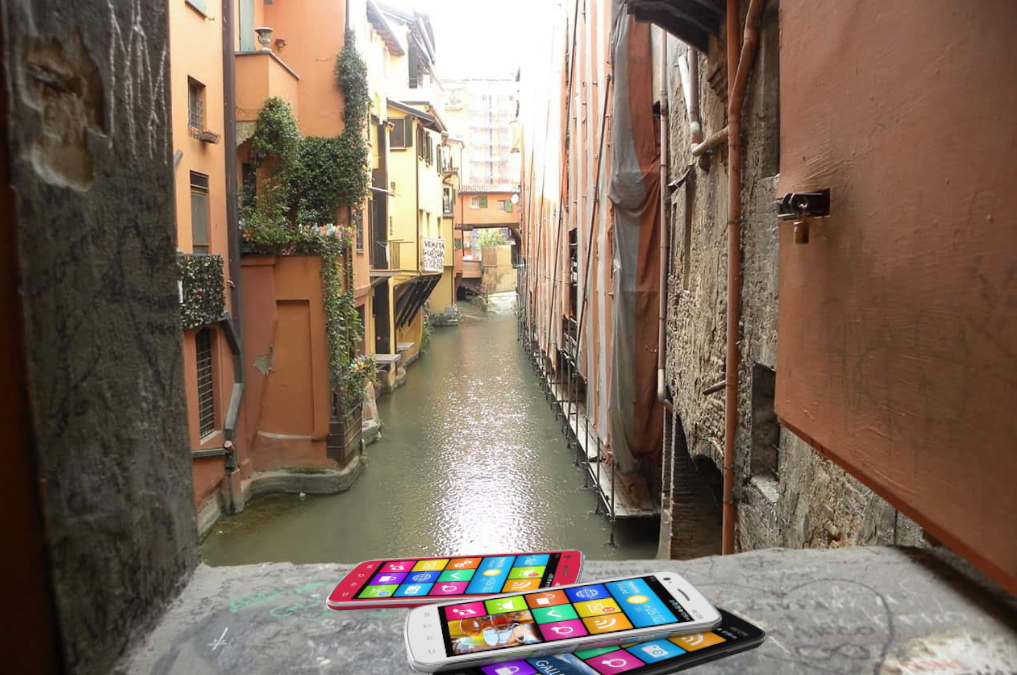Non abbiamo bisogno di esprimerci, lo facciamo fin troppo. Da 13 anni lo sviluppo di internet e dei mezzi di comunicazione, come il mobile phone, spinge ognuno di noi a produrre ogni giorno decine e decine di contenuti, immagini, foto, video e informazioni.
Noi siamo costretti a comunicare, siamo costretti a diventare la superficie colorata del nostro cellulare che, come nelle superfici di Andy Warhol, nascondono un grande vuoto esistenziale. Questa comunicazione equivale a parlare in una piccola stanza con altre centinaia di persone: comunichiamo ma nessuno sente qualcosa e nessuno riesce a comunicare realmente qualcosa. Un pieno di informazioni che equivale ad una grande vuoto di informazioni: una dittatura delle informazione che ci costringe a comunicare per esistere. La stessa cosa avviene all’interno delle fiere e delle biennali di arte contemporanea: migliaia di opere in poco spazio e in poco tempo.
E’ evidente che è necessario riconquistare una “slow art” come avviene nel mondo del cibo con lo “slow food”: opere d’arte realmente collegate alla nostra vita, opere d’arte dentro un sistema sostenibile per tutti, attitudini che producano opere solo quando è strettamente necessario. Non è possibile risolvere alcun inquinamento, alcun problema, nel mondo reale se prima non siamo in grado di pensare ad un’ecologia dell’arte, alla “slow art”.
Nella prima foto: “Se non capisci una cosa cercala su YouTube”, lettere giganti, Lisson Gallery, New York, Luca Rossi 2022.
We do not need to express ourselves, we do it too much. For the past 13 years, the development of the internet and media, such as the mobile phone, has pushed each of us to produce dozens and dozens of content, images, photos, videos and information every day. We are forced to communicate, we are forced to become the coloured surface of our mobile phones, which, like Andy Warhol’s surfaces, conceal a great existential void.
This communication is equivalent to talking in a small room with hundreds of other people: we communicate but nobody hears anything and nobody can actually communicate anything. A flood of information equals a great information vacuum: an information dictatorship that forces us to communicate in order to exist. The same thing happens in contemporary art fairs and biennials: thousands of works in a small space and in a short time. It is clear that we need to regain a ‘slow art’ as happens in the world of food with ‘slow food’: works of art that are truly connected to our lives, works of art within a sustainable system for all, attitudes that produce works only when strictly necessary. It is not possible to solve any pollution, any problem, in the real world if we are not first able to think of an ecology of art, of ‘slow art’.
First photo: ‘If you don’t understand something, look it up on YouTube’, giant letters, Lisson Gallery, New York, Luca Rossi 2022.



